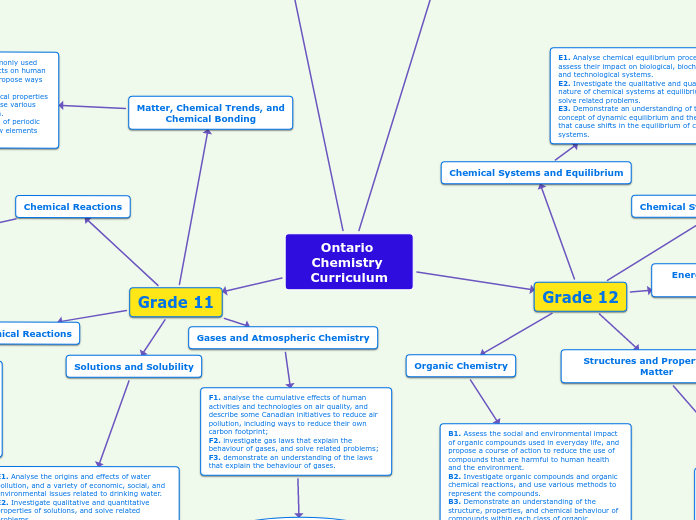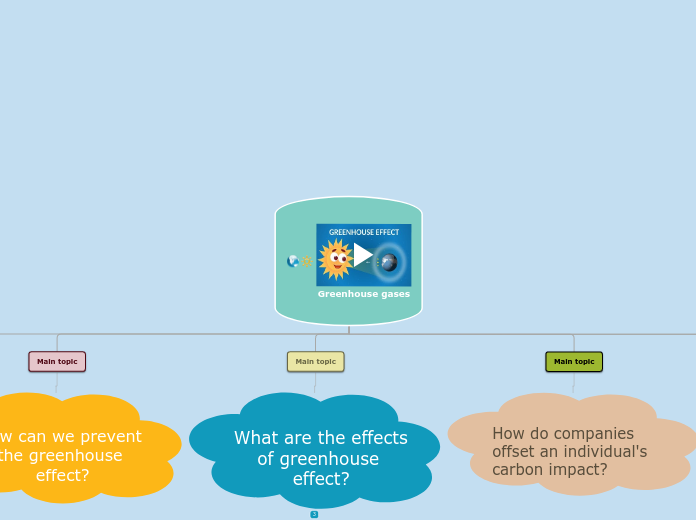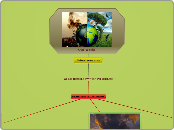Agricultural biotec.
To name your story, you have to think about the overall message and what you want your audience to understand from the story. Also, make it relevant and easy to remember.
7- Biodiversity and the Environment
6- The Agbiotech Industry: Trends, Regional Differences, and Market Values
5- New Markets for Biotechnology
. Biochemicals for the Food and Chemical Industries
Cosmoceuticals and Nutroceuticals
Marine Biotechnology
4- AGbiotech Multiple Faces
Phytoremediation and Bioremediation
Agbiotech Disease Control, Diagnostics, and
Biological Control of Plant Pests
Germplasm of the Future
Plant In Vitro Technologies
Transgenic Plants
Somatic Cell Genetics
Micropropagation
. Biopharming
3- Combining the New Biotechnology with Classic Breeding
The ending of a story is essential. We all know that if the ending is weak, what happened before loses its importance. So make it unpredictable, but fair. A resolved ending answers all the questions and ties up any loose threads from the plot.
new biotech is the use of recombinant DNA
and in vitro biological techniques in three
major areas:
as a means of integrating microorganisms
into various agricultural production systems
as means for generating transgenic plants,
animals, and other organisms
as powerful tools in classic breeding
examples of integration of
new biotechnologies in classic breeding
development of the simple-sequence repeat
(SSR)DNA markers for isolation of important plant traits
restriction fragment length polymorphism (RFLP) for the isolation of DNA markers
the fluorescent in situ staining by hybridization (FISH) for fluorescent labeling of chromosome markers in cells
microscopic visualization of chromosomes in tissue culture
2- Limitation of Traditional agriculture
Partial solution
novel applications of water
desalination and recycling.
development of innovative irrigation
techniques
use of solar energy
greenhouses
computerized greenhouses
highly educated growers
costly
to improve plant quality and to extend crop harvest and marketing beyond the traditional regional seasons.
Pastures, most cereals and legumes, and forests cannot be maintained as environmentally protected agriculture.
saving green belts around
urban centers.
global
climatic changes, desertification, pollution, and
industrialization.
soil, water,
and air quality deterioration
reduced land and water
availability
Local pricing policies and growers‘ profitability are no
longer effective
limitations of classic breeding
1-history of agriculture
In the beginning of the story (or the exposition), you will need to introduce the setting and characters. You might also want to introduce the main conflict. This part of the story is important because it gives the reader necessary background information and maybe even a first insight into a character’s personality.
rDNA
mendel's discoveries
food storage
food fermintation
cheese, yogurt
bread baking
beer brewing
domestication of plants and animals
food collection
source of family income
quarantee food supply










